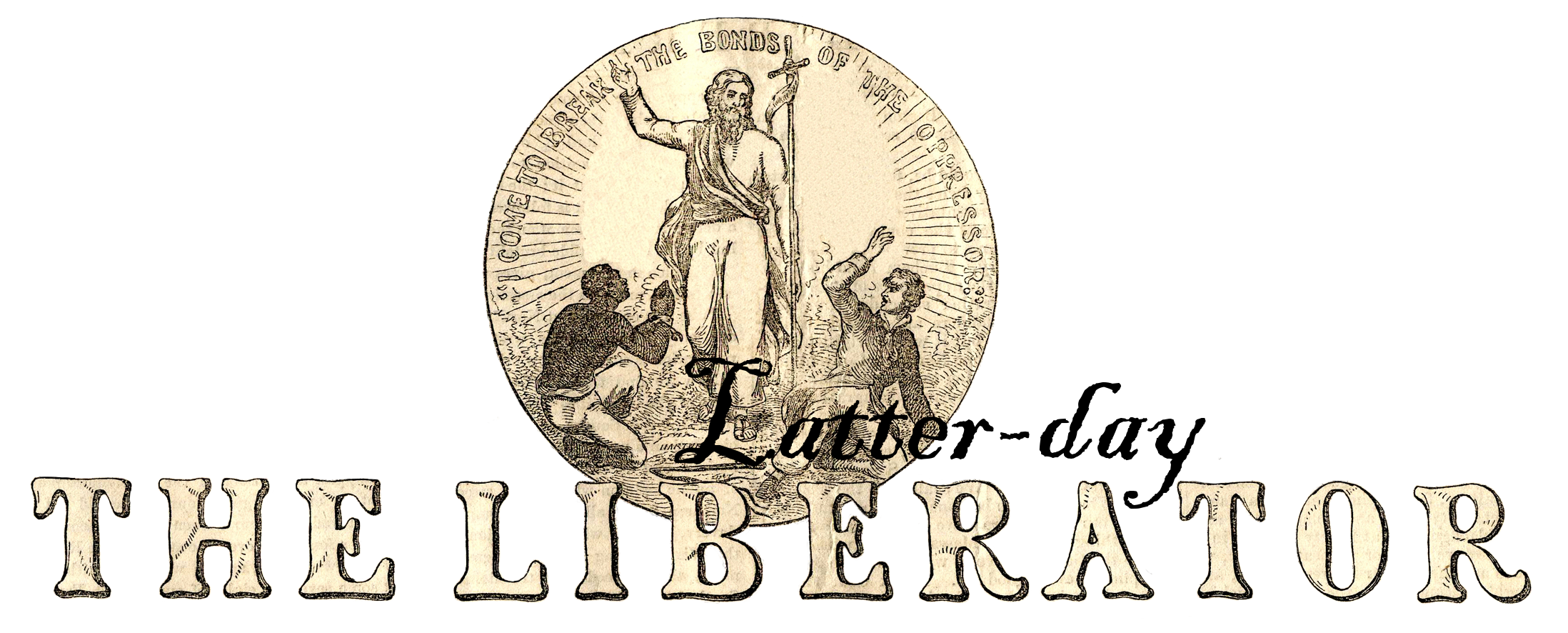This lost LDS Classic is an essay by Niels Lars (N.L.) Nelson from his short-lived The Mormon Point of View quarterly journal, published in 1904. Nelson’s life story itself is inspiring. Born in abject poverty, he followed the wishes of his mother for him to pursue higher education. Nelson paid for college by working in a mine in Eureka, UT to get his tuition and walking to Provo, UT ( a14 hour and 20 minute walk!) to attend school. After he graduated form Brigham Young Academy he began teaching there and writing on subjects of interest to Latter-day Saints in the late 19th and early 20th centuries. In his day and time his writings were popularly known among the Saints and he was an influential Latter-day Saint thinker and apologist.
This essay, which is admittedly a long one, is one of Nelson’s best works. In it he confronts head on some of the most important arguments used by anti-Mormons to try and undermine the Book of Mormon and explains why those arguments are wrong. In this essay, Nelson explains why there are errors in the Book of Mormon and why this doesn’t undermine it sacred nature as scripture. Nelson also addresses why there are biblical passages, quotations, and allusions all throughout the Book of Mormon and explains why these aren’t evidence of plagiarism or proof that the Prophet Joseph Smith made the Book of Mormon up.
Nelson offers up a novel interpretation of how the Prophet Joseph Smith translated the Book of Mormon, based on historical sources. I personally loved his description of revelation as telepathic communication. I have never thought of it that way, but revelation from the mind of God to the mind of a person certainly does sound like celestial telepathy. I found his discussion on the nature of communication and how this would have affected the translation process to be fascinating. Nelson also offers an excellent explanation of how the Urim and Thummim and Seer Stone operated the way they did and why God would use them. Note that in 1904 he was discussing the seer Stone as something that was common enough knowledge among members that he doesn’t need to explain it, but merely reference it. This itself is proof that the church has not tried to hide or suppress it. Finally, Nelson explains the influence Joseph Smith’s uneducated but profound language and thought would have had in the process of revelation and why God would choose a simple farm boy from upstate New York as His prophet over some of the greatest writers and thinkers of the early 19th century.
It may take you more than one sitting to complete this essay, but it is well worth your time doing so. Which is why I have replicated the entire thing in the slideshow below.
Note: You can find this essay in the collected works of The Mormon Point of View.





















































